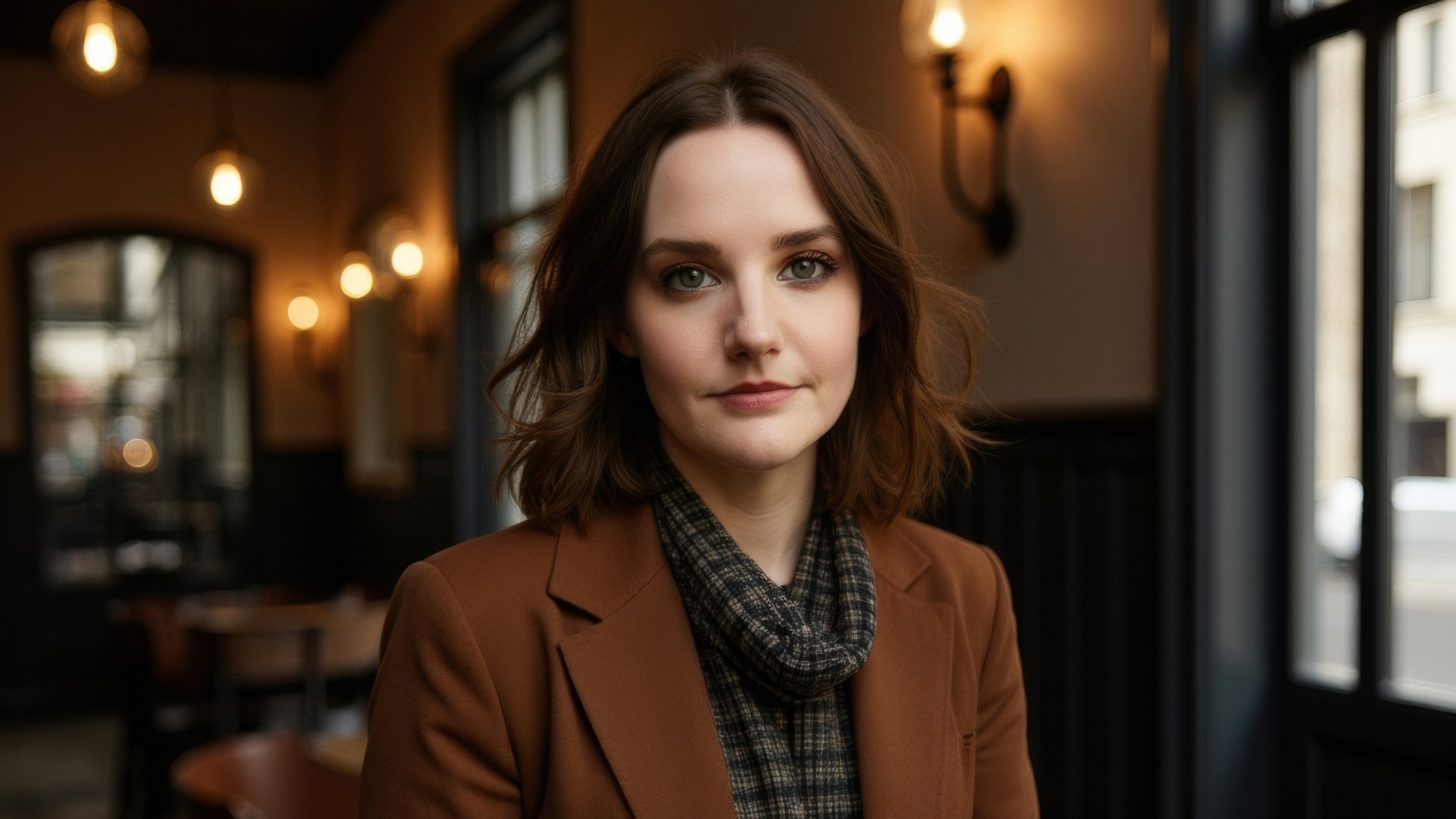How To Improve Character Consistency In Your AI Film | 6 Easy Steps
In this article and video tutorial, I’ll show you how to improve character consistency in your AI film.
One of the biggest challenges in AI filmmaking is getting consistent characters and faces across multiple scenes. And of course, consistency is essential to any narrative story!
That’s why it’s so important to learn the best tips & tricks for generating professional-looking shots of the same character.
Popular image generators Midjourney and Freepik both have “character reference” options inside their platform, but you’ll probably agree that the results are hit or miss. They sometimes even have that icky uncanny valley feeling!
So how can you create better, consistent characters with AI?
In the article below, I’ll show you how to use fal.ai to train a LoRa on a series of reference images to achieve character consistency.
Character Consistency Video Tutorial
Below is a Character Consistency video tutorial you can watch that shows you how to get the best results. I hope you enjoy it!
How To Improve Character Consistency In Your AI Film
Below is a tutorial to help you create consistent characters in 6 simple steps.
1. Prepare your reference images
First, you’ll want to collect high quality reference images. Here are the best tips to follow for taking and choosing pictures.
Collect at least 10 different images of your subject
Ensure variety in the images (different angles, expressions, lighting, and settings)
Avoid using images in the same photoshoot or clothes
Select clear, high-quality images that show the subject well
Make sure hair is not covering the face
2. Train your custom LoRa model with fal.ai
Next, you can head over to the fal.ai website and get started on training your model.
Using fal.ai will give you more detailed results by utilizing more advanced technical elements that are typically only available in Comfy UI.
But fal.ai makes it pretty easy for any user!
Click "Explore" page to see different models and select the "flux-LORA-fast-training" model.
Next, drag and drop your collection of reference images into “input”.
Set up the training parameters as follows:
- Trigger word = name of the subject
- Leave "Is Style" unchecked (unless you are training for only a specific art style)
- Click "More" button to see more settings
- Check "Create Mask" and make sure its on
- Set steps to 1,000
Hit “start” and the whole process should take between 5-10 minutes.
While your LoRa is being trained, you can think about all the fun locations and actions you’ll prompt for the character once you’re done. :)
3. Save your custom LoRa link
On the right hand side under “training history” you’ll see a “Show Files” drop down menu.
Hit “copy link” under the “diffusers LoRa file” section and save it! We recommend storing it in a spreadsheet or somewhere organized for future use. If you are using it in a custom workflow, you can download it directly.
4. Use your new LoRa
Your LoRa is ready to try out!
Now you can click “Run Inference”. This will bring up a screen that says “Flux.1 [dev] with LoRas.”
In your prompt, be sure to use the character’s name and provide a description of what you’re looking for. Get as specific as you’d like!
Set these parameters:
Set scale to 1
Under “more” modify the generated image size (16:9 landscape recommended)
Keep default inference steps at 28
Set guidance scale to 3.5 (you can edit this after your first renders to alter results)
Choose number of images to generate (4 recommended)
Hit “run!” It should only take about 10-15 seconds to generate your images.
5. Upscale Your Selected Images
Next, it’s time to choose which image you want to work with. Select a favorite and download it.
To make sure your images are useable for AI filmmaking, you’ll want to upscale them. There are several upscaling tools out there, but we recommend Gigapixel by Topaz.
Here’s how you can upscale your image:
Open Gigapixel by Topaz (or any upscaling tool)
Drag and drop your chosen AI-generated image
Configure settings:
- Set scale (6x recommended)
- Select "High Fidelity"
- Keep all settings at 1
- Do NOT enable face recovery (this can make faces look artificial)Process and save the upscaled image
That’s all! We hope you have fun training your very own LoRa. For best results, here are some final tips:
Remember, more reference images = better results!
You’ll want to use varied reference images for better flexibility in generated poses and settings. Generate multiple images per prompt, to have more options. When upscaling, avoid “face recovery” features for more natural results.
And finally, always be specific in your prompts about desired hair, clothing, and the setting.
Get AI News Straight to your Inbox!
If you are interested in staying up to date on the latest tools and helpful tips & tricks (like how to get consistent characters) we share the latest AI tips and tricks in our newsletter. After subscribing, you can even get access to a free course!
Or you can check out our AI Courses here. We’d love to help you embark on your journey as an AI Creator!







